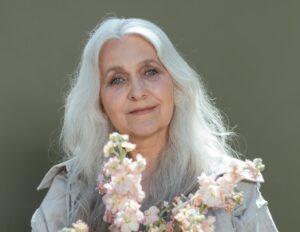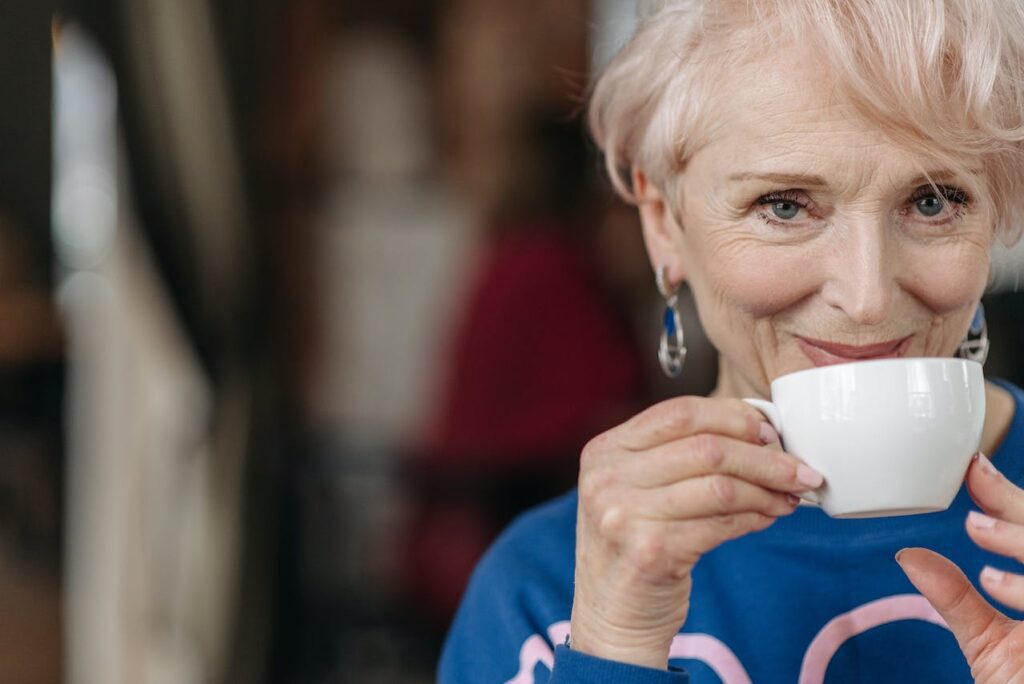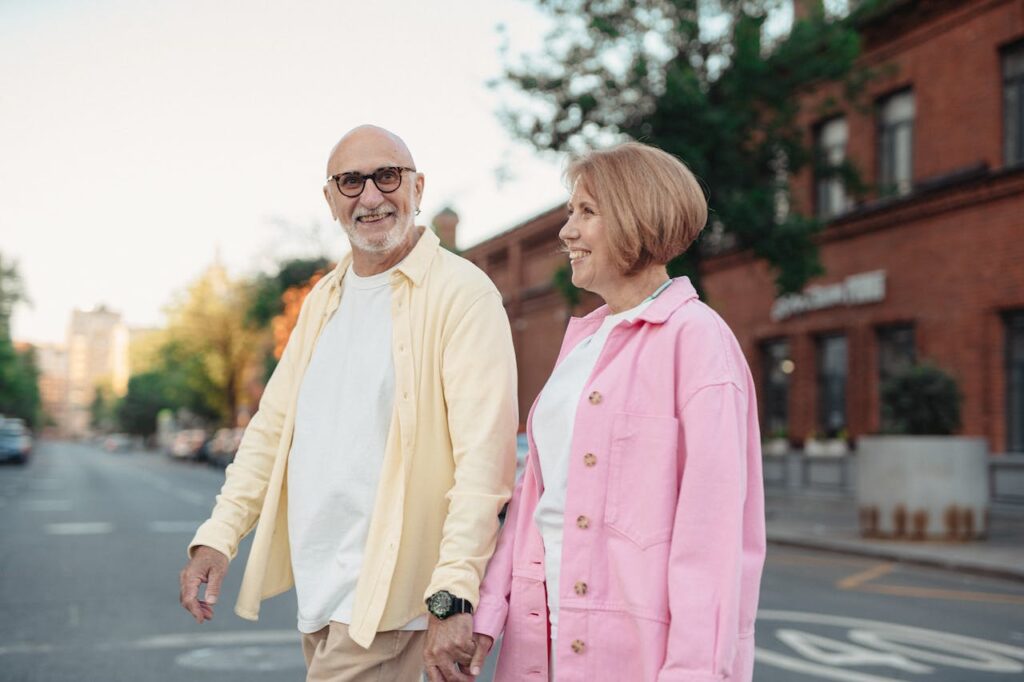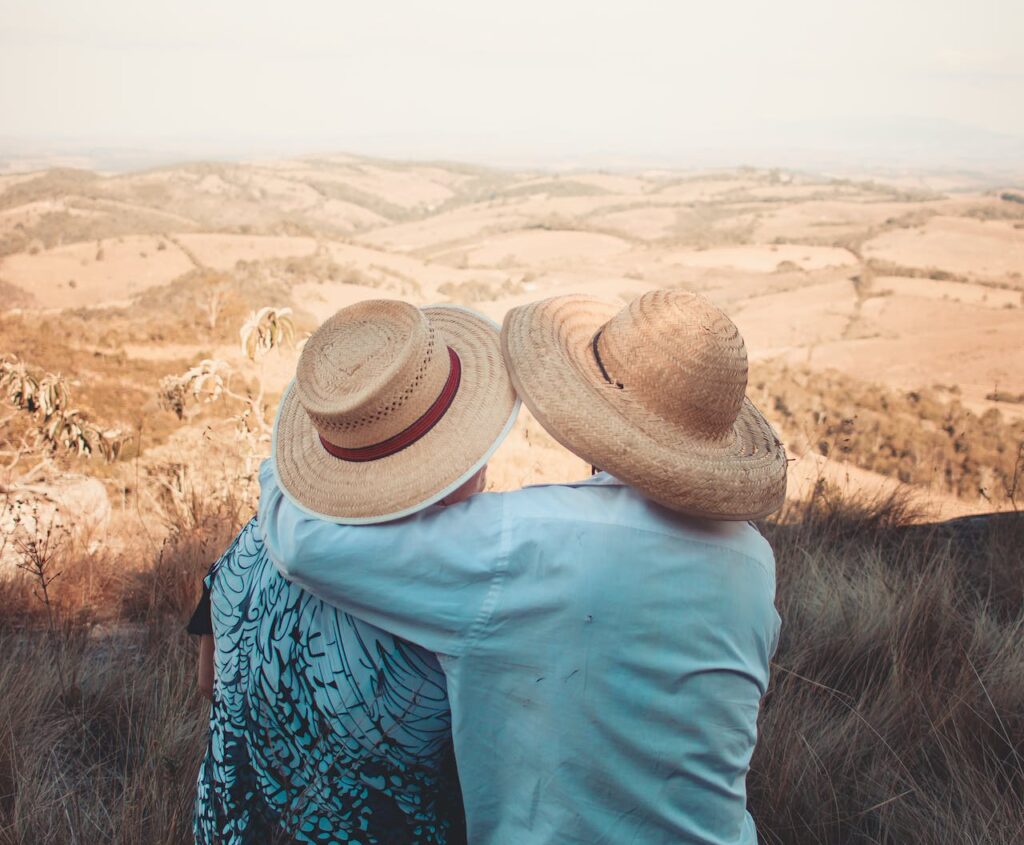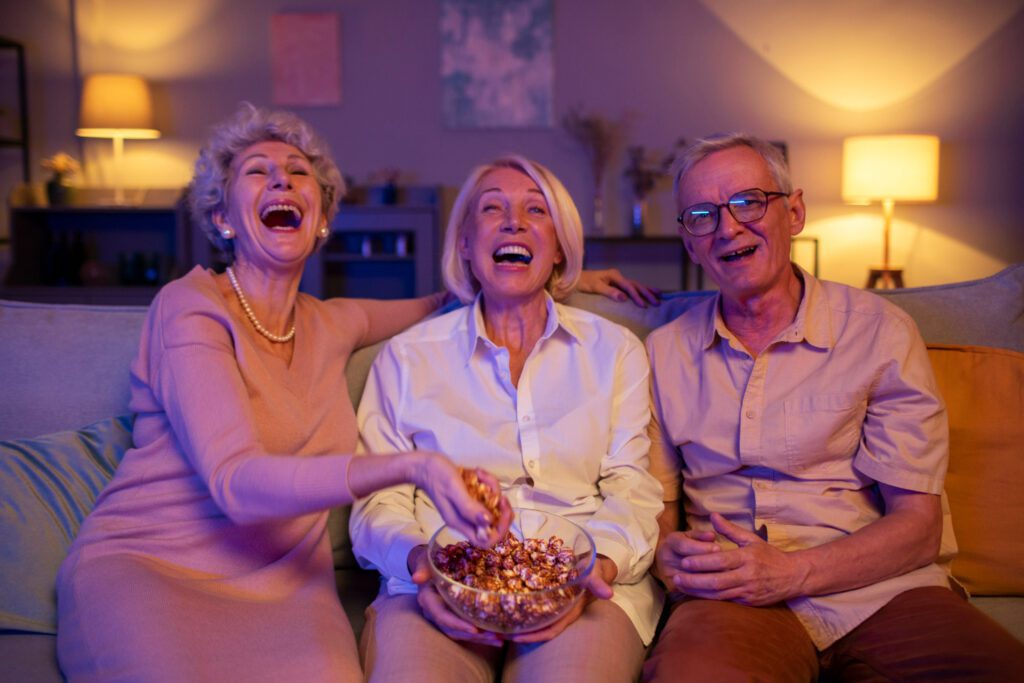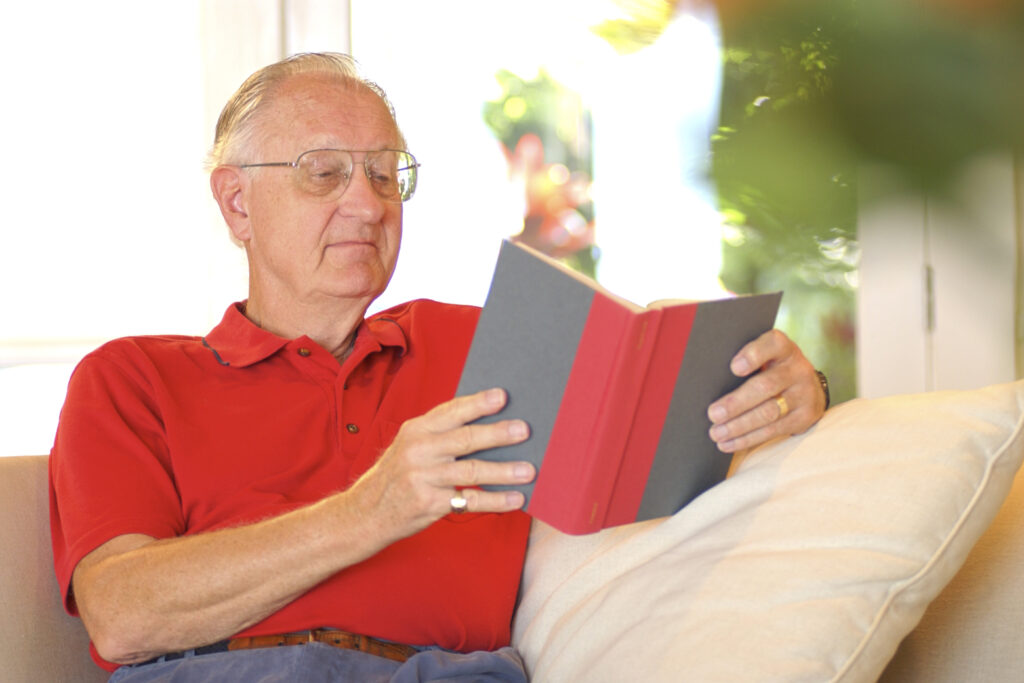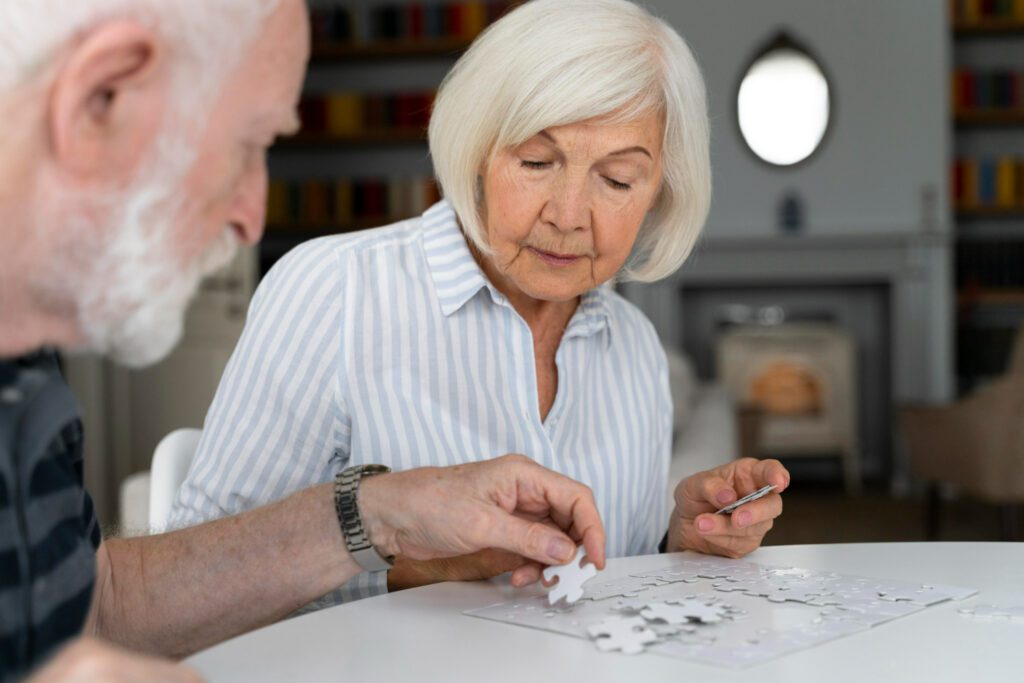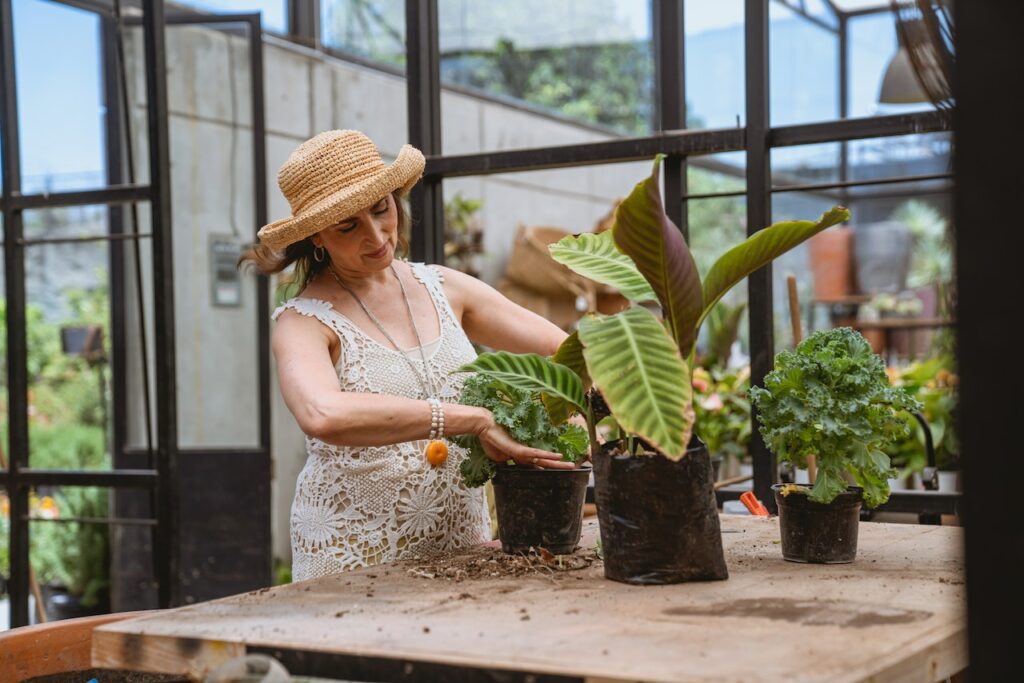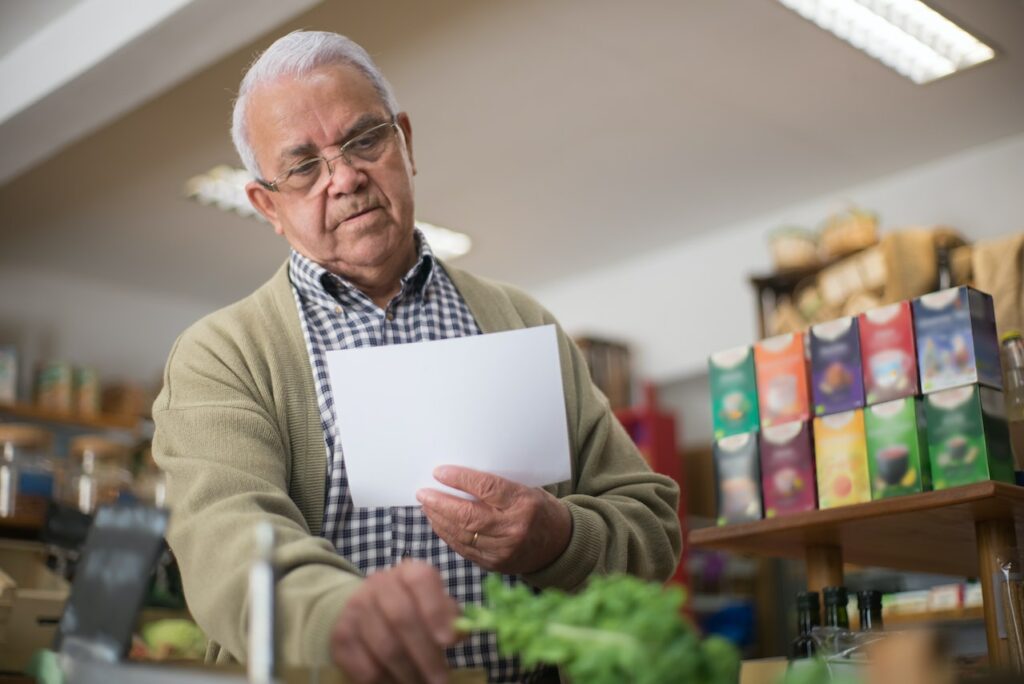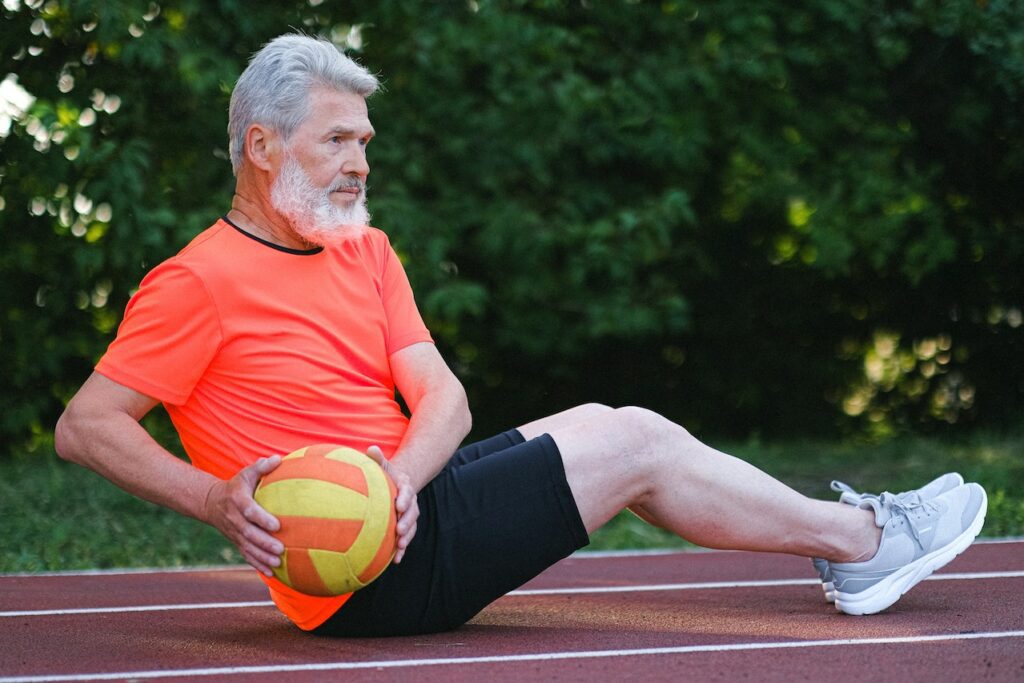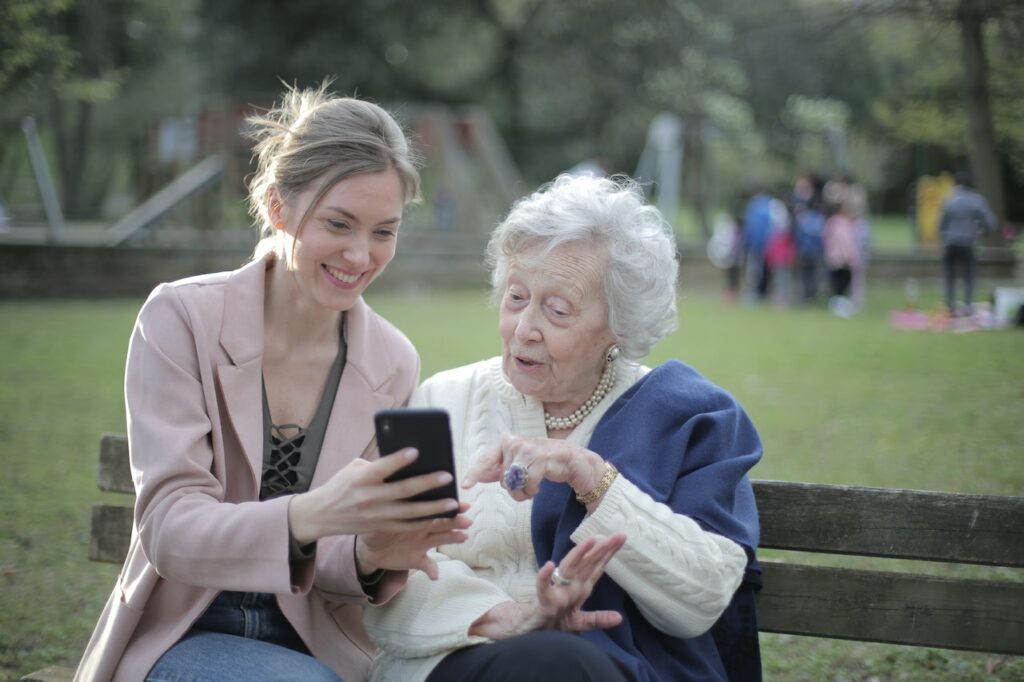Which is the best bones workout for seniors?
As we gracefully enter our senior years, we often wonder, “How can we maintain our health and vitality?” For an active and joyful retirement, bone strength and resilience are essential. Have you ever pondered how to improve bone health as we age? This may be easier and more fun than you think: exercising.
This post will cover ten senior-friendly workouts that boost bone density and strength. These exercises are designed for all fitness and mobility levels, so anybody may participate.
Each activity has advantages beyond bone health, from Tai Chi to swimming laps. They offer to revitalize your body, mind, and community relations. Are you a beginner or an experienced exerciser? These exercises will help you become stronger and healthier.
Let’s see how these ten workouts will improve your bone health and retirement quality of life. Prepare for a healthier, more vibrant self!
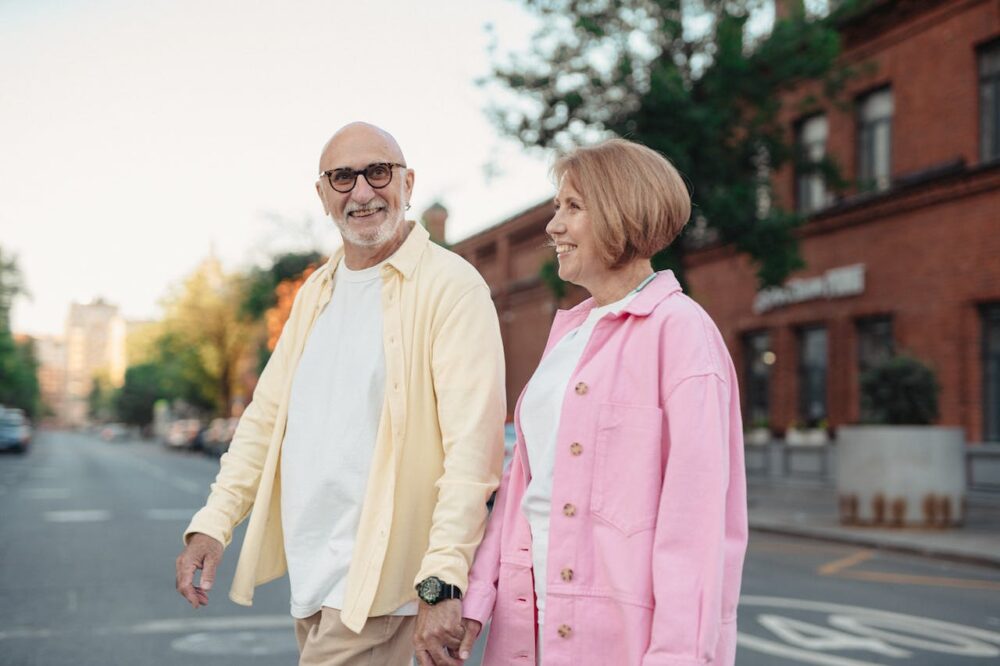
Walking
Walking is simple and beneficial, yet we frequently ignore it when considering elderly health. As a retired person, frequent walking has changed my bone health. Walking, a low-impact, accessible activity, has several advantages beyond fitness.
This simple activity strengthens your joints without straining them, like running or aerobics. This makes it a great workout for elders with joint or mobility challenges. Whether it’s a neighborhood stroll, a brisk park walk, or nature exploration, it benefits your mind just as much as your body.
But how does walking impact your bones anyway?
Your bones, especially the hips, may weaken with age, affecting mobility. Walking regularly helps prevent osteoporosis by increasing bone density. A 2017 Journal of Bone and Mineral Research study indicated that walking at least four hours a week prevented hip fractures in women over 50. This data shows how walking helps preserve hip bone density as we age.
Here’s a creative idea: start a walking club with friends or neighbors. This makes exercising more fun and motivates you by adding a social aspect.
Tai Chi
My balance, coordination, and bone health have improved greatly since I started practicing Tai Chi, an ancient Chinese martial art, in retirement. Before you say it sounds weird or too niched, wait! Tai Chi is a great workout for seniors who worry about falls and bone health due to its leisurely, flowing motions.
Tai Chi is a great exercise for retirees because it improves balance and coordination. These abilities may decline with age, increasing fall risk. Tai Chi’s methodical, thoughtful motions concentrate on balance and body alignment, which helps improve stability over time. This balance enhancement helps reduce falls, a significant worry in older adults. In 2016, the Journal of the American Geriatrics Society revealed that Tai Chi decreased elder falls over 12 months.
Besides improving balance and coordination, Tai Chi improves bone health. Its mild weight-bearing motions prevent osteoporosis by maintaining bone density. In 2018, the Journal of Orthopaedic Translation found that Tai Chi helped decrease bone density loss in postmenopausal women, underscoring its role in bone health.
Here are my top three tips for Tai Chi beginners based on my personal experience:
- Start Slowly: Start with simple motions and add complexity as you become used to them. Starting with the fundamentals is crucial before moving on to more complex levels.
- Find a skilled teacher: Tai Chi may be done alone, but a skilled teacher can help you learn the right methods and meet your fitness level.
- Practice often: Consistency matters. Try Tai Chi daily, even for a few minutes. Balance, coordination, and bone health improve best with regular practice.
If Tai Chi just isn’t your thing, I bet you’d like to try out my next recommendation on the list:
Yoga
Since retirement, yoga has transformed my life by harmonizing the body and mind. Its moderate yet effective bone strengthening and flexibility improvement make it ideal for elders. Finding a balance for your body, particularly as it changes with age, is what yoga is about, not simply demanding positions.
Some yoga positions strengthen and stretch bones. Warrior II and Triangle Pose strengthen the legs, which is important for bone health. Another fantastic pose for balance and hip, spine, and ankle strength is the Tree Pose. Cobra Pose and other gentle backbends improve back muscles and preserve spine flexibility. Be careful and respect your body’s boundaries while doing these positions.
Yoga’s versatility in postures and styles makes it suitable for all fitness levels. Certain yoga forms are ideal for seniors, especially those new to yoga or with restricted mobility:
- Hatha Yoga is great for beginners due to its slower pace and concentration on foundational positions. It deepens position comprehension, enabling optimal alignment and attentive practice.
- Iyengar Yoga: Blocks and straps help with accuracy and alignment in this method. Seniors love it because it adjusts to their flexibility and strength.
- Chair Yoga is a great option for individuals with limited mobility or trouble standing. It makes conventional yoga positions sitting, making it accessible to most people.
Last but not least, always use an extra-thick yoga mat like this one from Amazon to avoid injuries or too much pressure on your body! No matter the style, listen to your body, and never try to do more than you can physically handle!
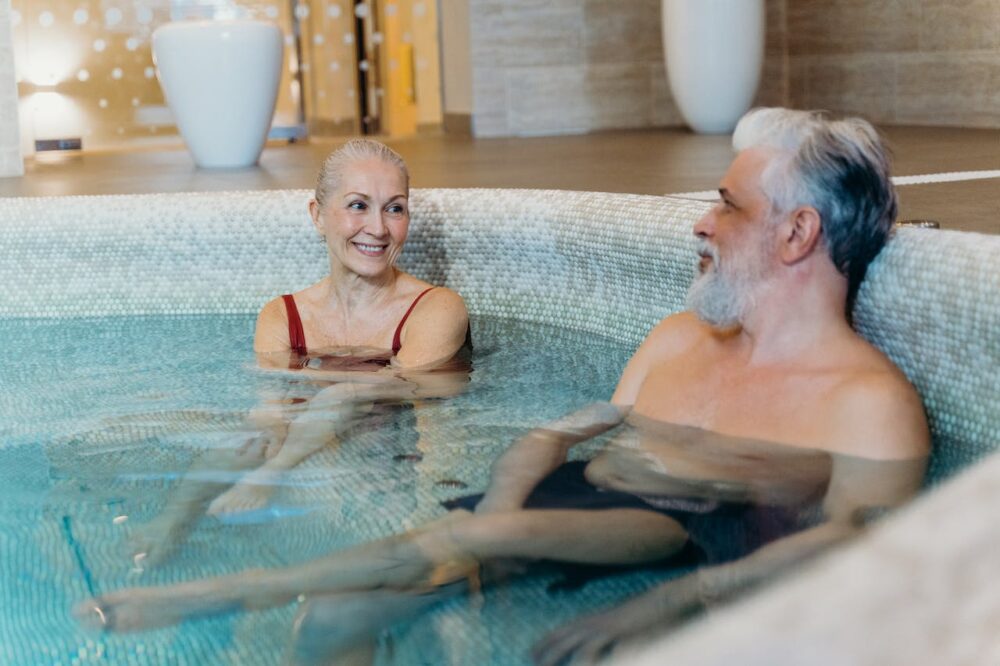
Swimming or Water Aerobics
Swimming and water aerobics have been a surprise for me in retirement, balancing resistance training with joint and bone health. Swimming for exercise has opened up a new realm of fitness that is fun and healthy.
Water workouts are beautiful because they provide unique resistance. While water’s inherent resistance provides a vigorous exercise, its buoyancy lowers joint and bone stress. Seniors benefit from this since it reduces the chance of injury and strain from high-impact activities. Every action in water strengthens muscles by pushing against water resistance. Water’s support reduces weight on bones and joints.
Aquatic exercises like swimming and water aerobics help bone and joint health. The water’s resistance keeps muscles strong and protects bones, while the reduced impact keeps joints healthy. In 2013, the Journal of Sports Science & Medicine found that water training boosts older persons’ strength and mobility.
Swimming and water aerobics improve cardiovascular health, muscular strength, and cardiac endurance. Water’s buoyancy increases flexibility by allowing more movement.
BONUS TIP: Water walking is good for inexperienced swimmers. Walking in waist-deep water is a simple and efficient workout that mixes water resistance with walking.
Strength training, frequently disregarded in senior fitness, is my main exercise in retirement. Maintaining bone density, which prevents osteoporosis and fractures as we age, requires resistance training.
Resistance workouts tighten muscles against external resistance. This develops muscles and stresses the bones connected to them, creating and maintaining bone density. Our bones lose density with age, making them more brittle. Strength training may considerably reduce this impact. The Bone Health and Osteoporosis Foundation found that strength training increases bone density and reduces osteoporosis risk.
Seniors should concentrate on safe, effective workouts. The following easy strength training routines have been helpful:
- Squats: Squats strengthen the hips, thighs, and buttocks, which are essential for mobility and balance. Chair squats—standing up and sitting down—are a safer start.
- Leg presses: If you have a gym, leg presses strengthen legs and buttocks. The regulated action of the leg press machine lets you change the weight for comfort.
- Wall Push-Ups: A softer version of the floor push-up, wall push-ups strengthen the arms, shoulders, and chest without straining the wrists and shoulders.
Would you like more senior-specific training recommendations? If so, please check out my post on 5 Simple Exercises to Build Muscle Mass in Retirement!
Gardening
Gardening requires digging, planting, weeding, and trimming. Each of these actions beautifies a garden and maintains bone health. Digging and shoveling feed both plants and bones. These weight-bearing workouts push on the bones like walking or running but with less strain. This pressure promotes bone cell growth, maintaining or increasing bone density. Gardening helps keep older persons healthy and robust, according to a 2014 research in the ‘Journal of Physical Activity & Health’.
Watching plants thrive under your care requires patience and attention. Seeing your flowers blossom or crops grow is more rewarding than you think, trust me! This connection to nature and feeling of achievement may improve mental health. Gardening lowers stress, despair, and anxiety, and promotes relaxation. A 2011 National Institutes of Health research found that gardening reduces stress and improves happiness.
Gardening is a daily pleasure for me. I can go outdoors, get my hands filthy, and forget about the world. Physical exercise keeps my bones healthy, and the peace and joy of nurturing life are great for my mental health.
Do you like gardening too? If so, my post on 9 Stunning Plants Any Senior Can Take Care of might be a great start on this journey!
Your Takeaway
Finding and adopting these simple retirement exercises has been fascinating and transforming for me. I hope this article will help you do just the same! From yoga’s gentle stretches to Tai Chi’s rhythmic motions and gardening’s nurturing process, each exercise has strengthened my bones and improved my general health. Beyond physical activity, these exercises lead to a healthier, more balanced, and satisfying golden age.
If you have any additional recommendations, please share them with our community in the comment section and let’s thrive together!




